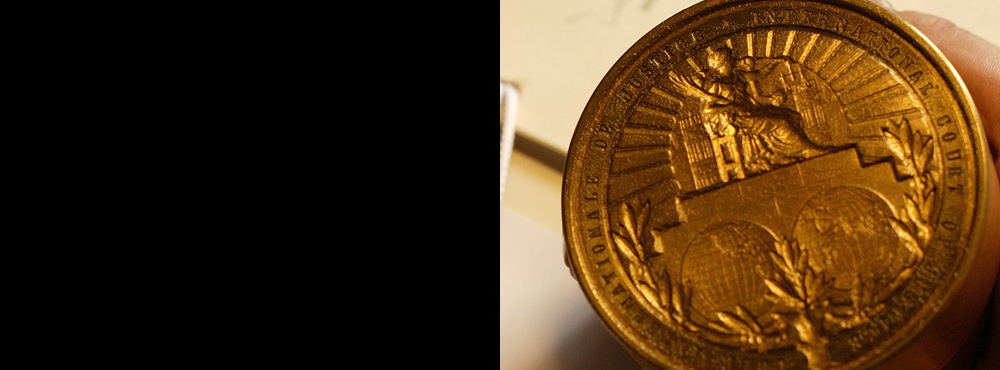
The International Court of Justice was established by the Charter of the United Nations, which provides that all Member States of the United Nations are ipso facto parties to the Court’s Statute. The Statute, together with the Rules of Court, organizes the composition and functioning of the Court.
Since October 2001, the Court has also issued Practice Directions for use by States appearing before it.
Charter of the United Nations
The Charter of the United Nations, which was signed in San Francisco on 26 June 1945, is the foundational treaty of the United Nations. It is also the constitutive text of the International Court of Justice, which was created by the Charter.
Provisions on the Court can be found in Article 7, paragraph 1, Article 36, paragraph 3, and Articles 92-96 (Chapter XIV) of the Charter.
Statute of the Court
The Statute of the International Court of Justice is annexed to the Charter of the United Nations, of which it forms an integral part. The main purpose of the Statute is to organize the composition and functioning of the Court.
Like the Charter, the Statute can only be amended by a two-thirds majority vote in the General Assembly and ratification by two thirds of the States (Art. 69).
Should the ICJ wish its Statute to be amended, it must submit a proposal to that effect to the General Assembly by sending a written communication to the Secretary-General of the United Nations (Art. 70). Hitherto, however, the Statute of the Court has never been amended.
Rules of Court
Article 30 of the Statute of the International Court of Justice provides that “[t]he Court shall frame rules for carrying out its functions”. These Rules are intended to supplement the general rules set out in the Statute and to make detailed provision for the steps to be taken to comply with them.
Practice Directions
The Court adopted its first Practice Directions for use by States appearing before it in October 2001. Practice Directions supplement, rather than alter, the Rules of Court. They reflect the Court’s ongoing review of its working methods. Once adopted by the Court, amendments to the Practice Directions are posted on the Court’s website and published in the Court’s Yearbook, with a note of any temporal reservations relating to their applicability.
Other Texts
In addition to the Statute and the Rules of Court, other legal documents have been adopted by the Court or the United Nations, or concluded by the Court with the host country, and govern certain aspects of the Court's activities.

